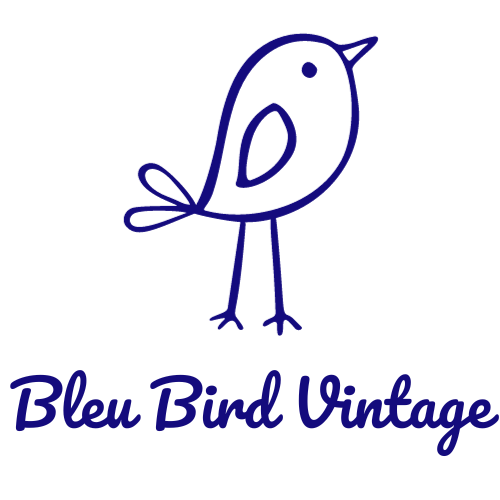Collecting Vintage: A Beginner’s Guide
Vintage collecting has become a popular pastime for many people, offering a nostalgic trip down memory lane and the opportunity to showcase unique pieces with historical significance. Whether you are interested in furniture, clothing, toys, or other collectibles, understanding the basics of vintage collecting is essential for beginners. In this guide, we will explore the world of vintage collecting and provide valuable tips to help you get started on your own collection.
One of the first steps in vintage collecting is determining your area of interest. Vintage items span a wide range of categories, so it is important to narrow down your focus. Are you passionate about mid-century modern furniture, vintage clothing, or antique toys? By narrowing your focus, you can develop a more specialized collection and become an expert in that particular area.
Once you have identified your area of interest, the next step is to educate yourself about the specific items you are collecting. This entails researching the history, identifying reputable brands or designers, and familiarizing yourself with pricing trends. Online forums, books, and expert advice can be incredibly helpful in expanding your knowledge. By understanding the value and rarity of certain items, you can make informed decisions when purchasing pieces for your collection.
When it comes to sourcing vintage items, there are numerous avenues to explore. Thrift stores, flea markets, and estate sales are great places to find unique pieces at relatively affordable prices. Additionally, online platforms like eBay and Etsy offer a vast selection of vintage items from all over the world. However, it is important to exercise caution and authenticity when purchasing online. Ensure that the seller has a reputable track record and provides detailed information about the item’s condition and provenance.
Another important aspect of vintage collecting is taking care of your collection. Vintage items often require special care and maintenance to preserve their integrity and value. For instance, clothing may need to be stored in acid-free paper or garment bags to prevent deterioration. Furniture may require regular polishing or reupholstering to maintain its original beauty. By investing time and effort into proper maintenance, you will extend the lifespan of your vintage pieces and prevent any unnecessary damage.
Networking with fellow collectors can also be a valuable resource for beginners. Online communities, social media groups, and local vintage clubs provide opportunities to connect with like-minded individuals who share your passion for collecting. Through these interactions, you can learn from experienced collectors, discover new sources, and even trade or acquire rare pieces that would otherwise be inaccessible. Remember, the vintage collecting community is often filled with individuals who are eager to share their knowledge and assist newcomers.
Lastly, don’t forget that collecting vintage is a personal journey, and it should be driven by your own appreciation and enjoyment of the items you acquire. While it can be tempting to chase after valuable pieces solely for investment purposes, passion should always be the driving force. Vintage collecting allows us to connect with the past, appreciate craftsmanship that may no longer exist, and infuse our spaces with unique character and style.
In conclusion, collecting vintage can be a rewarding and exciting hobby for beginners and experienced collectors alike. By narrowing your focus, educating yourself about your chosen area, sourcing items from reputable sellers, taking care of your collection, networking with fellow collectors, and following your passion, you can embark on a journey filled with beautiful, valuable, and memorable vintage treasures. So, start exploring, and happy collecting!
